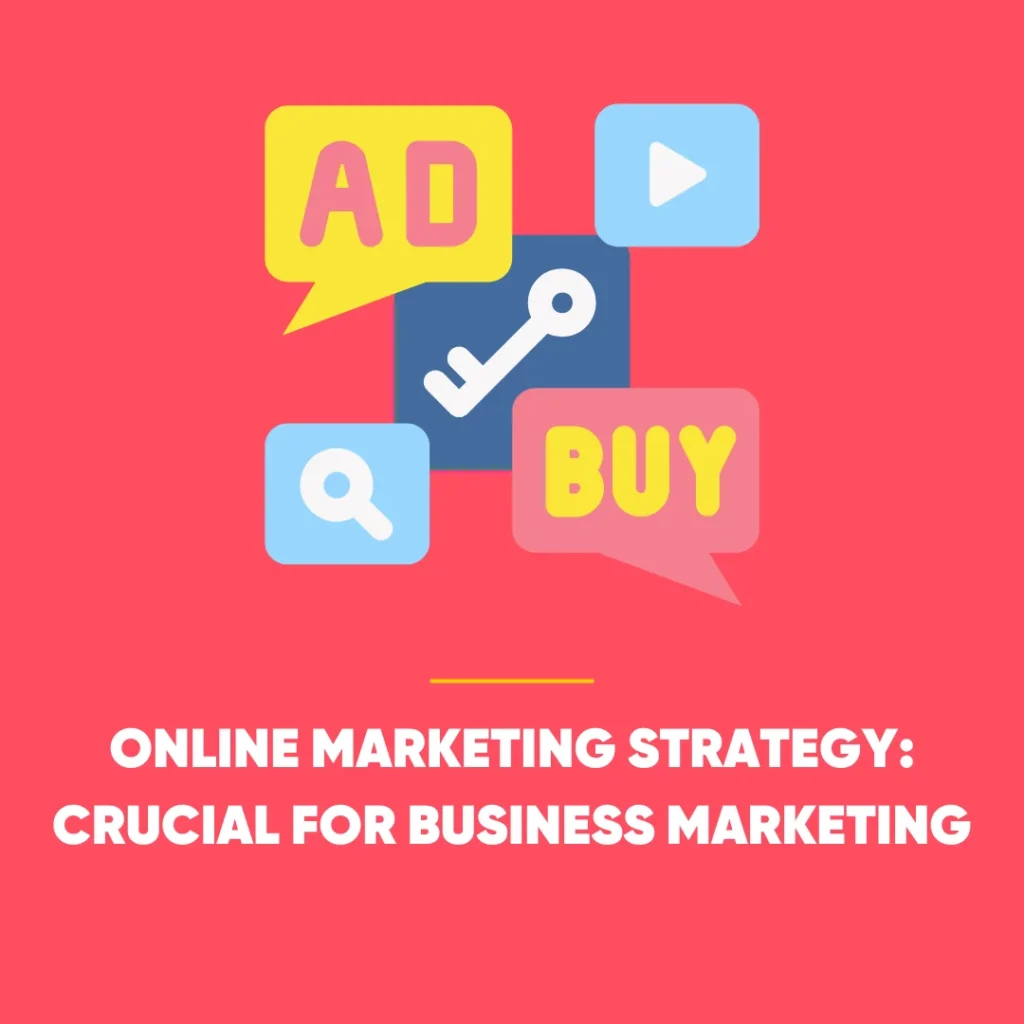How To Create a Top Tier Marketing Plan
Once a year your team should be sitting down and producing a marketing strategy for the following year. Why? Because without one your team is going to lack direction, and without direction it can be hard to push forward and stay on track. Plus, it will be almost impossible to put a number on the budget you’re going to need for all the projects, outsourcing and hiring to come over the next year. To make the ambitions and goals of your team a reality, a great marketing strategy is essential.
In this post we’re going to talk you through each element of an effective marketing plan. Remember, every industry has different goals so you’ll need to personalise it to your specific company, but you can think of our guide as a template to work from.
What to include in your marketing plan
1. Business Summary
The best starting point for your marketing plan is to produce a summary of the business. It’s as simple as it sounds too – just make a brief summary of the organisation. Include the company name, headquarters, and your mission statement.
2. Company Initiatives
Next, outline the company initiatives that are specific to the marketing department. This is a great way to map out the goals of your department; for example segment the goals of various upcoming projects and describe how these goals will be measured.
3. Market Research
It’s likely that your company has already completed a thorough market study so this stage will be easy to complete. Split this step into two sections: customer profile and competitor analysis.
Customer Profile: Create a semi-fictitious picture of the ideal customer for your business and describe them. You should focus on their imagined traits such as age, location, goals, pain points, personal challenges, and triggering events.
Competitor Analysis: Your customer profile should identify the challenges that your customer wants to solve. With this in mind, you can imagine the companies they might go to for these solutions. These companies are your competitors; identify them and evaluate their strengths and weaknesses and how they compare to your business. This information will help you identify gaps in the market that your company can potentially fill.
4. SWOT analysis
SWOT is a great framework to use for evaluating your company and developing a strategic plan of action. It stands for strengths, weaknesses, opportunities and threats. A lot of this information can be gathered from the sections above, but be patient because it’s worth having if you want to identify your company’s future potential.
5. Market Strategy
Think of this stage as your plan of action. Using the information you’ve put together so far, it’s time to lay out how your company intends to approach the market. If you’re struggling to figure out a strategy, think about this question: What should your company offer your ideal customer, to solve their solutions, that your competitors aren’t already offering?
Having identified the product or solution you’re going to be offering, the next part of your plan is to create a list of the marketing channels you’re going to use to educate your buyers, generate leads and spread brand awareness. For example, if you intend to use social media channels, you can use this section of your plan to write down which social media platforms you’re going to use and how you’re going to measure their success. If you’re creating accounts from scratch, take a look at this post we wrote on how to find your social media audience.
6. Budget
The final stage of your marketing plan is all about money. Dull stuff, we know. This step is essential though if you want to bring your marketing strategy to life. Itemise your budget by stating what you intend to spend on each individual expense, for example:
- Outsourcing
- Software
- Ads
- Events
Establishing a budget also means you can calculate some financial projections for the year based on your ROI.
Creating a marketing plan is the best way to realise your business’ goals and put them into action. It connects everything together and makes sure that your team knows what to do, when to do it, to which audience and through the right channels.
Good luck!










